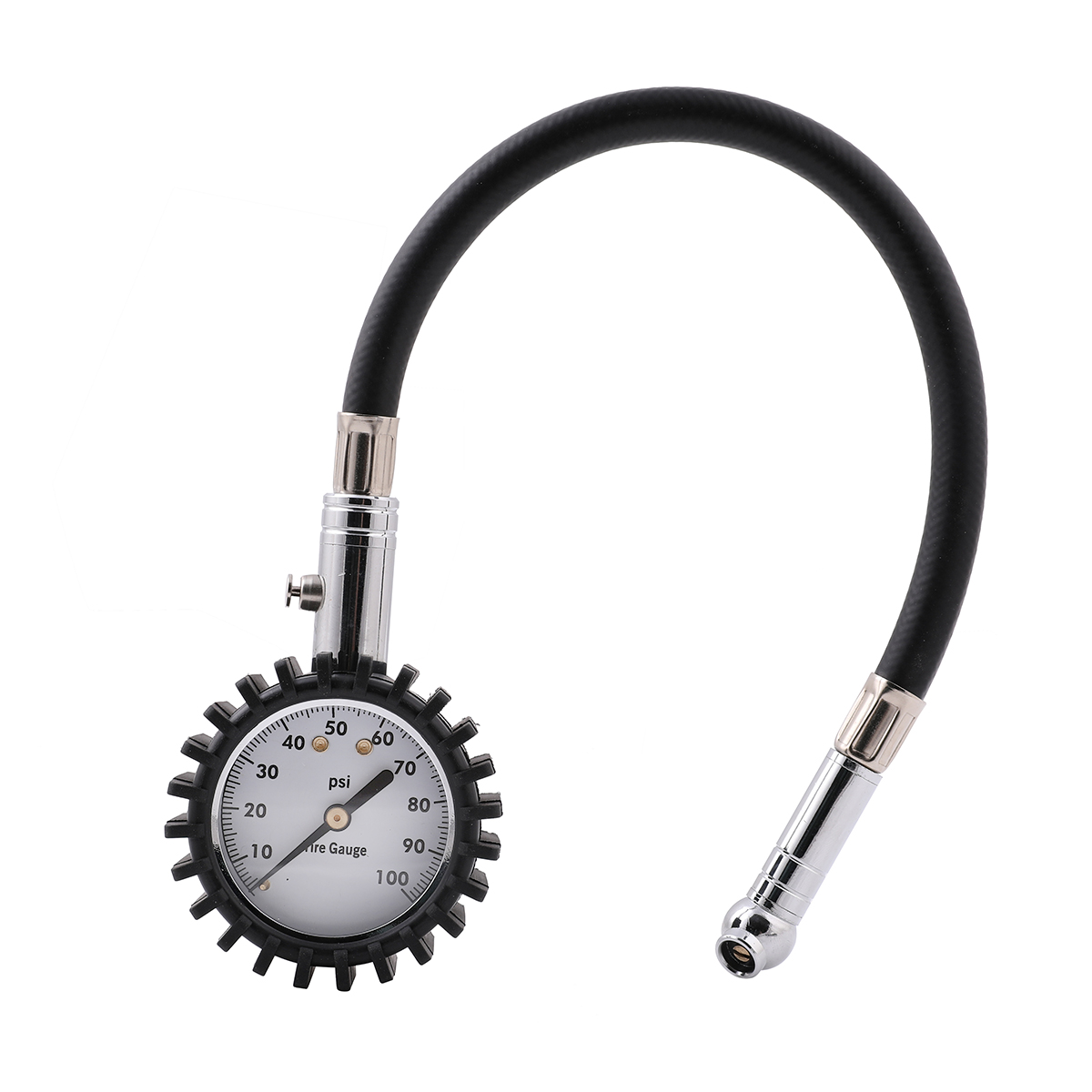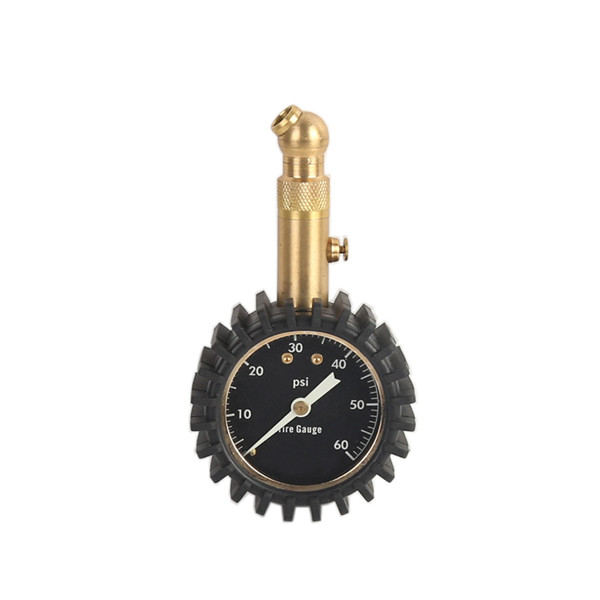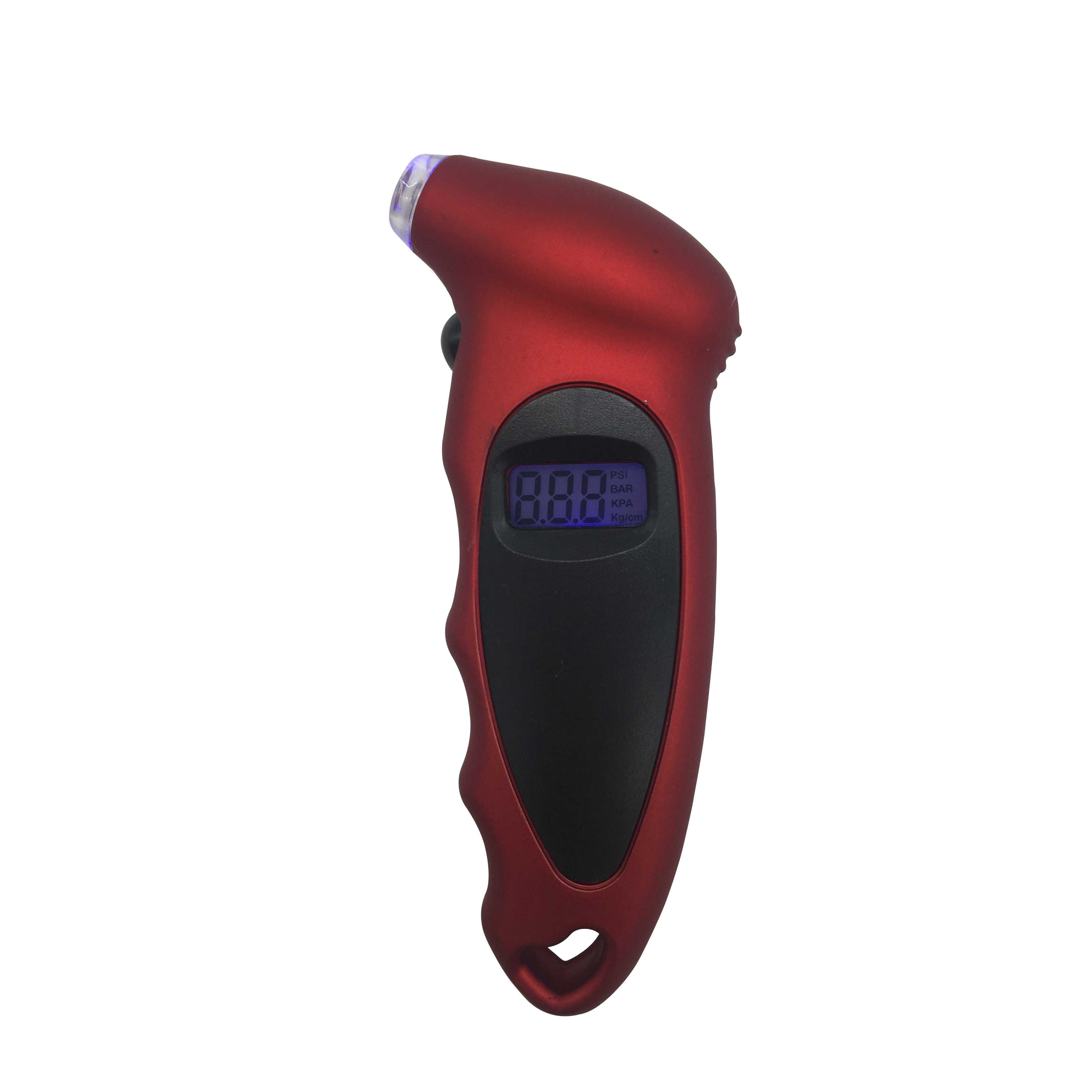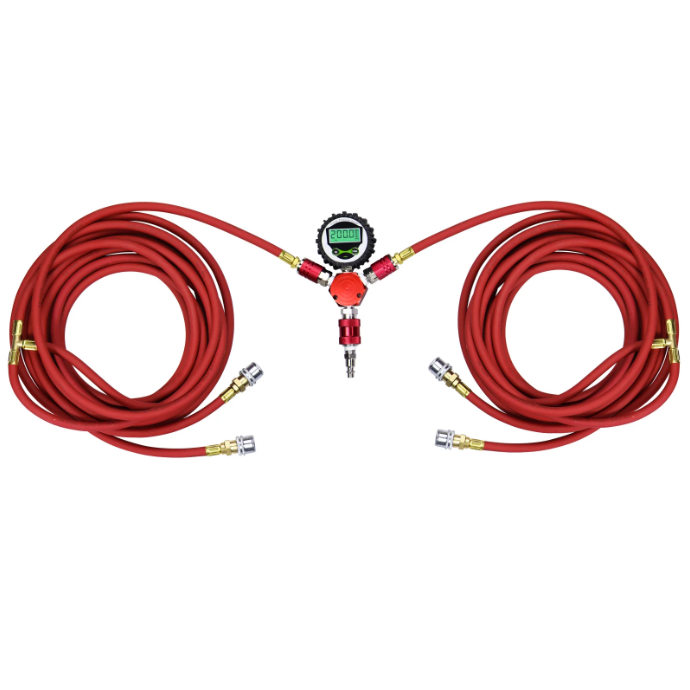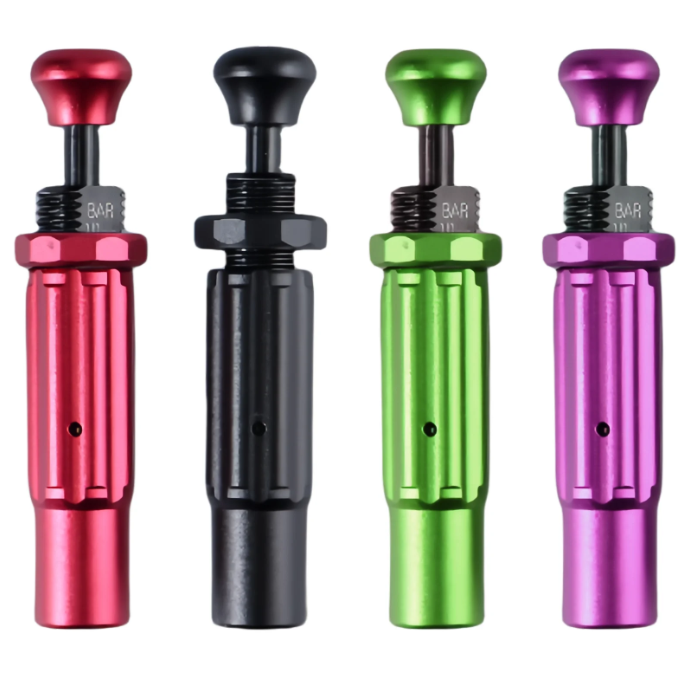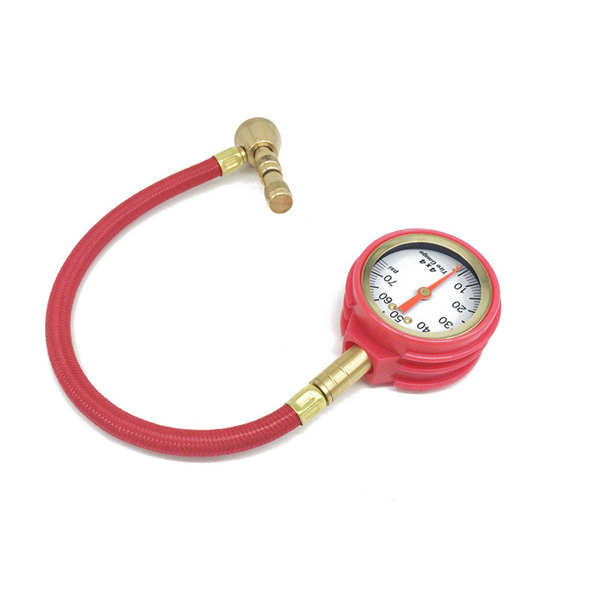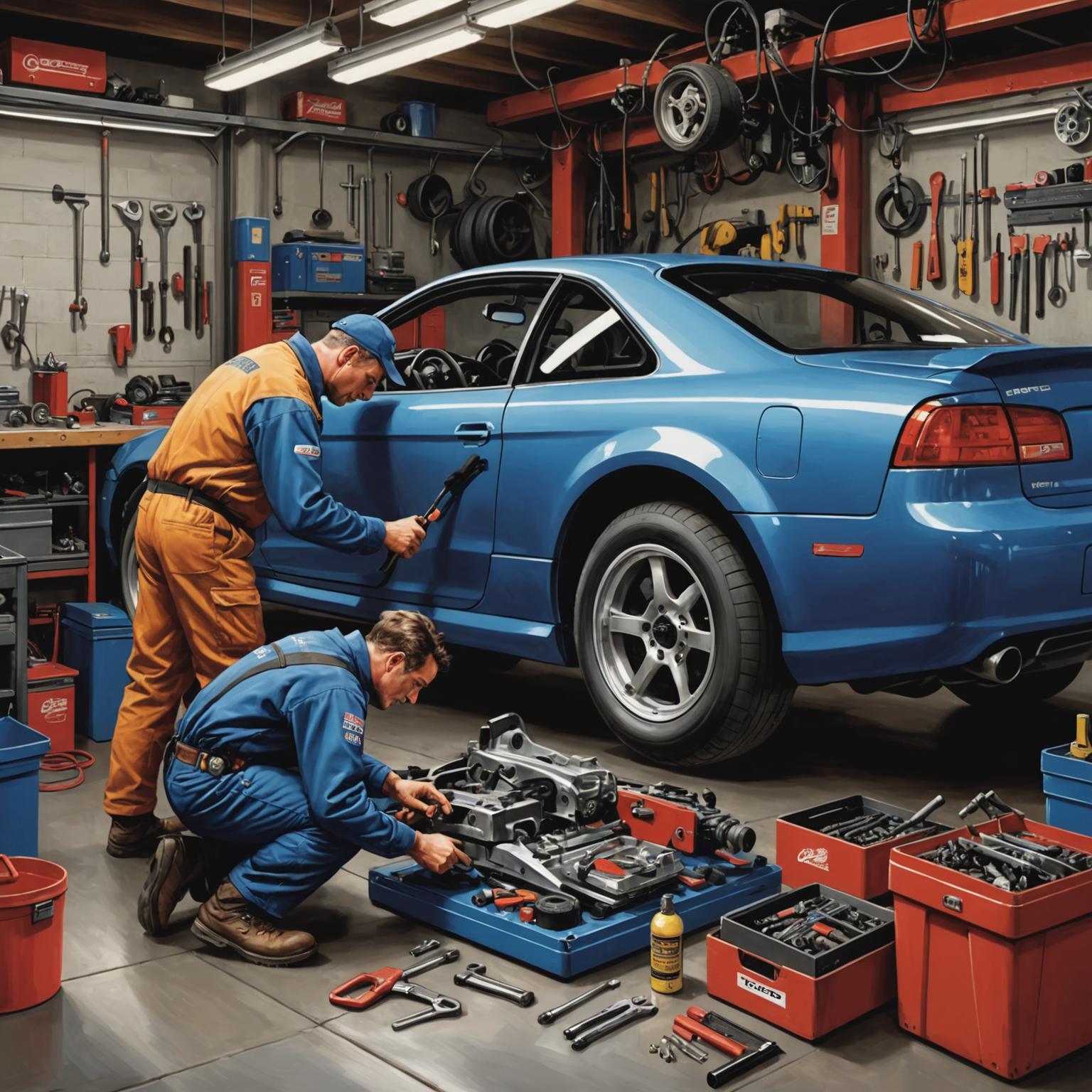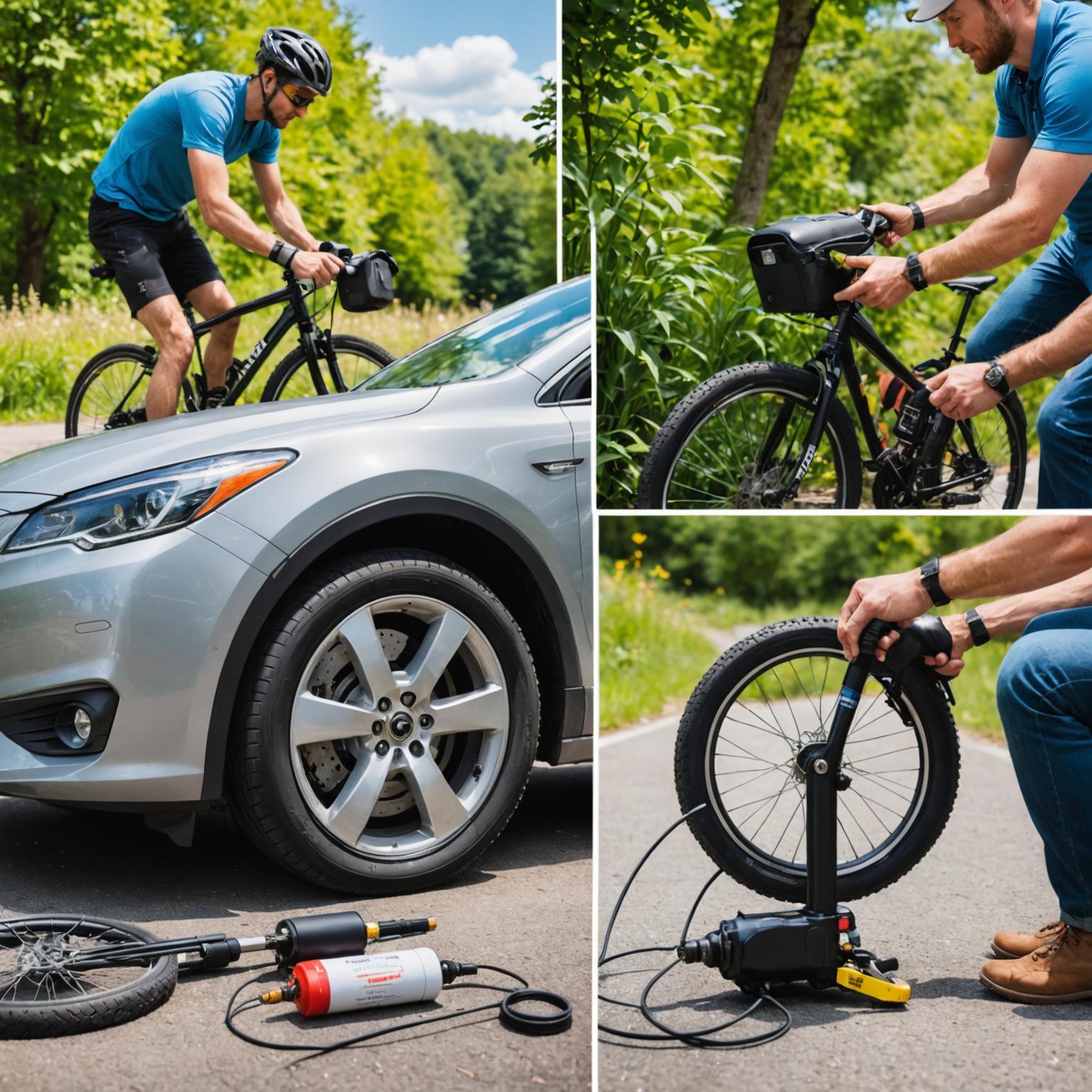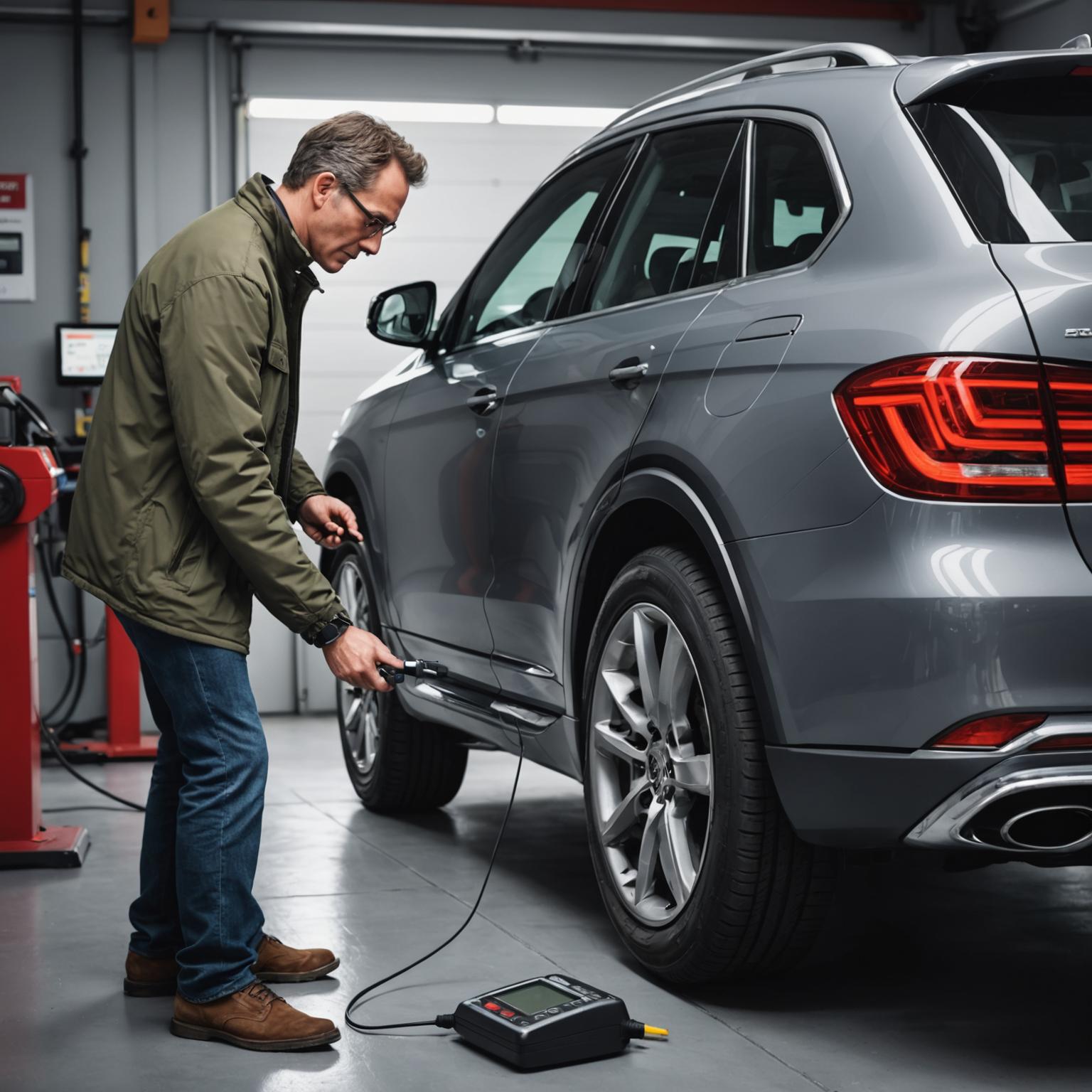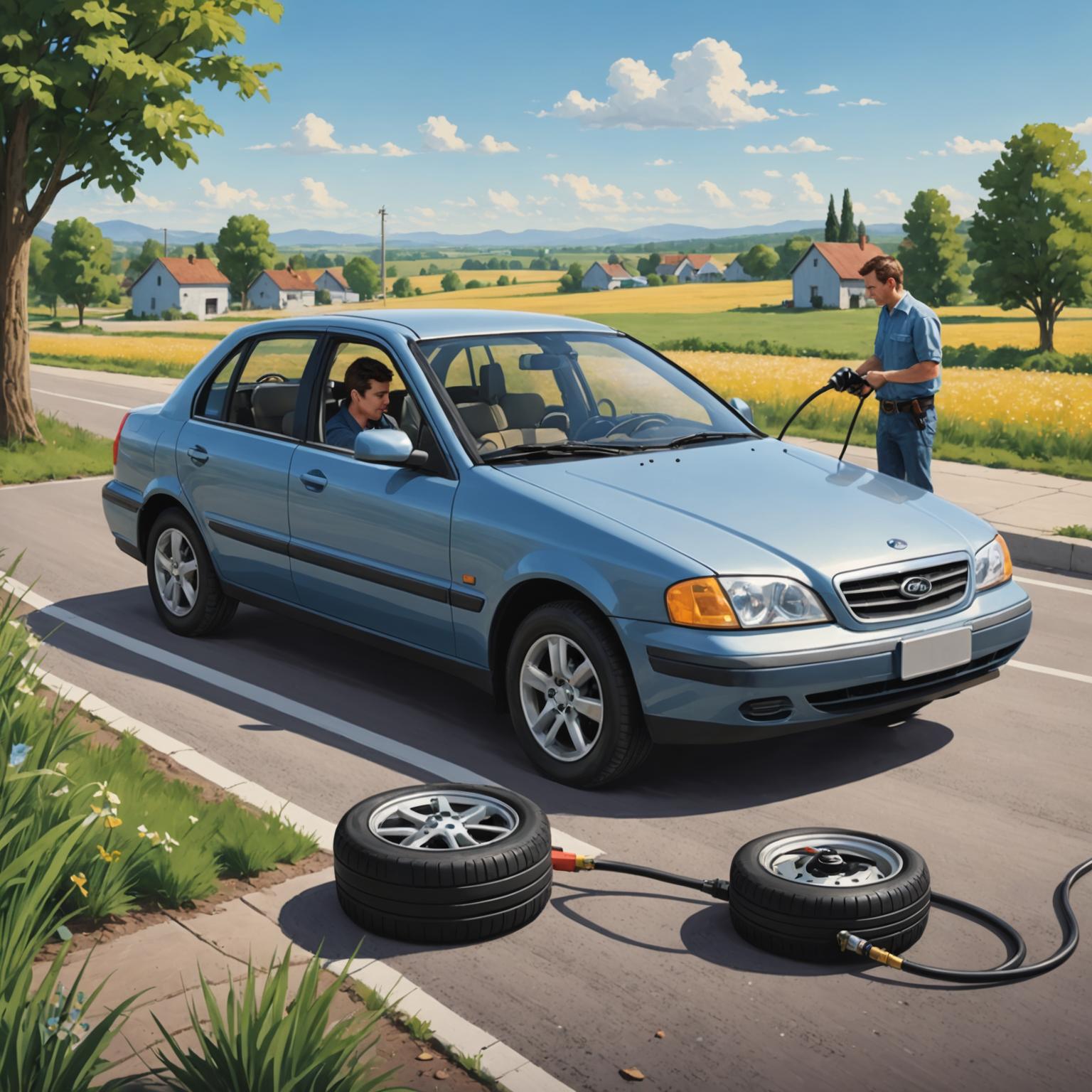How Beginners Can Understand and Choose the Right Motorcycle
For many, the idea of riding a motorcycle is thrilling—a blend of freedom, speed, and adventure. But for beginners, the world of motorcycles can feel overwhelming. With countless types, sizes, and features to consider, how do you even start? This guide will break down the basics of understanding motorcycles and help you choose one that fits your needs, skill level, and lifestyle.
Step 1: Understand Motorcycle Types
Motorcycles aren’t one-size-fits-all. Each type is designed for specific purposes, so knowing the differences is key to making a smart choice:
- Standard/Naked Bikes: These are the “all-rounders” of the motorcycle world. They have a simple design, upright seating, and moderate power, making them ideal for beginners. Models like the Honda CB500 or Yamaha MT-03 are lightweight, easy to handle, and versatile enough for city commuting or short weekend rides.
- Cruisers: Think of classic Harley-Davidsons or Indian motorcycles. Cruisers have a low seat height, relaxed riding posture, and heavy frames. While their style is appealing, their weight can make them harder to maneuver for new riders—opt for smaller cruisers like the Harley-Davidson Street 500 if you’re drawn to this style.
- Sport Bikes: Sleek, fast, and built for speed, sport bikes (e.g., Kawasaki Ninja 400) have aggressive seating positions and powerful engines. They’re exciting but not recommended for beginners due to their high performance, which can be difficult to control.
- Adventure/Touring Bikes: Designed for long-distance travel and off-road terrain, these bikes (like the BMW G 310 GS) are sturdy and comfortable. They often have larger fuel tanks and storage, but their size can be intimidating for new riders. Start with a smaller adventure model if you plan to explore beyond city limits.
- Scooters: Perfect for urban commuting, scooters (e.g., Vespa Primavera) have automatic transmissions, small engines, and easy handling. They’re a great choice if you prioritize convenience and simplicity over speed.
Step 2: Consider Your Riding Needs
Before buying, ask yourself: How and where will I ride?
- If you’ll mostly commute in the city, a lightweight standard bike or scooter is practical—easy to park and maneuver in traffic.
- If you dream of weekend highway rides, a standard or small touring bike with enough power (300–600cc) will keep up comfortably.
- If off-roading interests you, start with a small adventure bike or dual-sport model (designed for both on and off-road) to learn the ropes.
Step 3: Get the Right Size and Power
Size and power are critical for beginners. A bike that’s too heavy or powerful can be dangerous to handle.
- Engine Size: For new riders, start with a 250–600cc engine. These offer enough power to enjoy riding without being overwhelming. Avoid anything larger than 600cc until you gain experience—high-performance bikes (1000cc+) can accelerate unexpectedly, making them hard to control.
- Seat Height: Your feet should touch the ground when sitting on the bike. If you can’t flat-foot it, you’ll struggle to balance at stops. Most beginner-friendly bikes have seat heights between 27–31 inches (68–79 cm).
- Weight: Lighter bikes (300–400 pounds) are easier to handle, especially when parking or picking the bike up if it tips over. Heavier bikes (500+ pounds) require more strength and skill to maneuver.
Step 4: Set a Budget
Motorcycles vary widely in price, so set a budget that includes more than just the purchase price:
- Initial Cost: New beginner bikes range from \(3,000–\)8,000. Used bikes can be cheaper (\(1,500–\)5,000) but inspect them carefully for damage or mechanical issues (or hire a mechanic to check them).
- Gear: Never skimp on safety gear. Budget for a DOT-approved helmet, leather or armored jacket, gloves, pants, and boots—expect to spend \(500–\)1,000 for quality gear.
- Maintenance and Insurance: Regular oil changes, tire replacements, and insurance (which is often higher for new riders) add up. Factor these into your monthly costs.
Step 5: Test Ride Before You Buy
Never buy a motorcycle without test riding it. A test ride lets you feel how the bike handles, checks for comfort, and ensures it fits your body.
- What to Notice: How easy is it to start? Does the clutch feel smooth when shifting? Can you reach the controls comfortably? Does the bike feel balanced when moving and at stops?
- Take It Slow: On your test ride, stick to quiet streets. Practice starting, stopping, and turning to get a sense of the bike’s responsiveness. If something feels off (e.g., too heavy, hard to steer), keep looking.
Step 6: Learn the Basics (and Get Licensed)
Before hitting the road, invest in a motorcycle safety course. These courses teach essential skills like balancing, braking, and handling emergencies—many states even require them to get a license. You’ll also learn traffic rules specific to motorcycles, which differ from car laws in many cases.
Even after getting your license, take it slow. Spend the first few months riding in low-traffic areas to build confidence. Avoid highways or busy roads until you’re comfortable with your skills.
Final Tips for Beginners
- Don’t Buy for the Future: It’s tempting to get a larger bike “to grow into,” but starting with a smaller, manageable model is safer. You can upgrade later as you gain experience.
- Research Brands: Stick to reputable brands known for reliability, like Honda, Yamaha, Kawasaki, or Suzuki. They offer great beginner models and have widespread service networks.
- Join a Community: Local motorcycle clubs or online forums for beginners are great places to ask questions, get advice, and learn from experienced riders.
Choosing your first motorcycle is a big decision, but it should also be exciting. By focusing on fit, skill level, and your riding goals, you’ll find a bike that not only keeps you safe but also sparks a lifelong passion for the open road. Remember: the best motorcycle for a beginner is the one that feels comfortable, manageable, and makes you eager to ride—responsibly.

